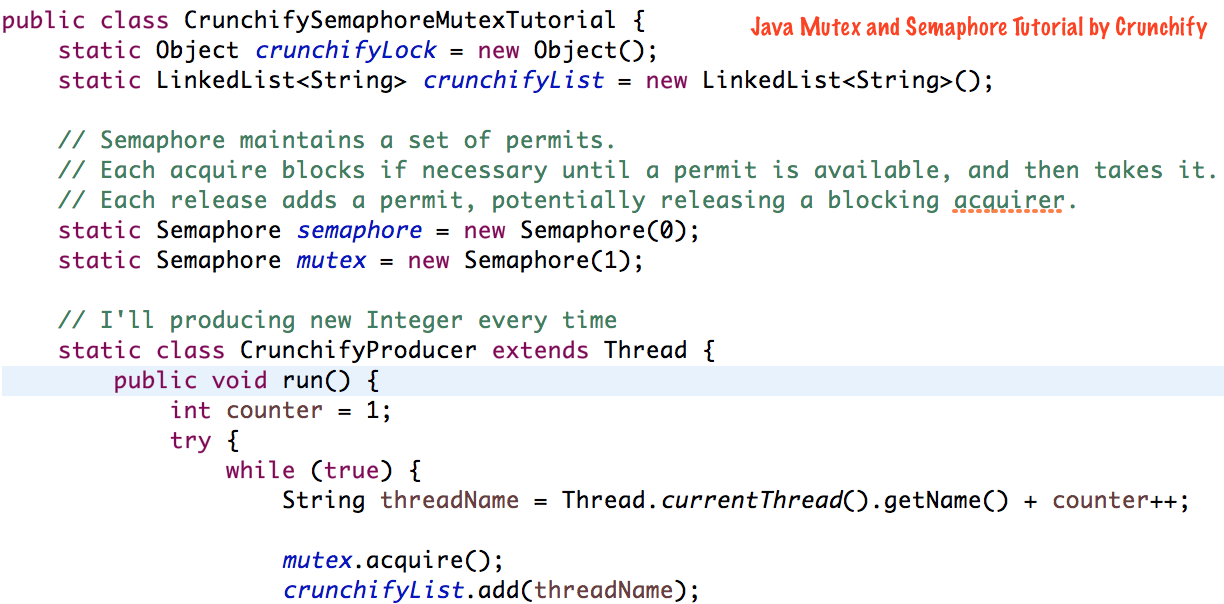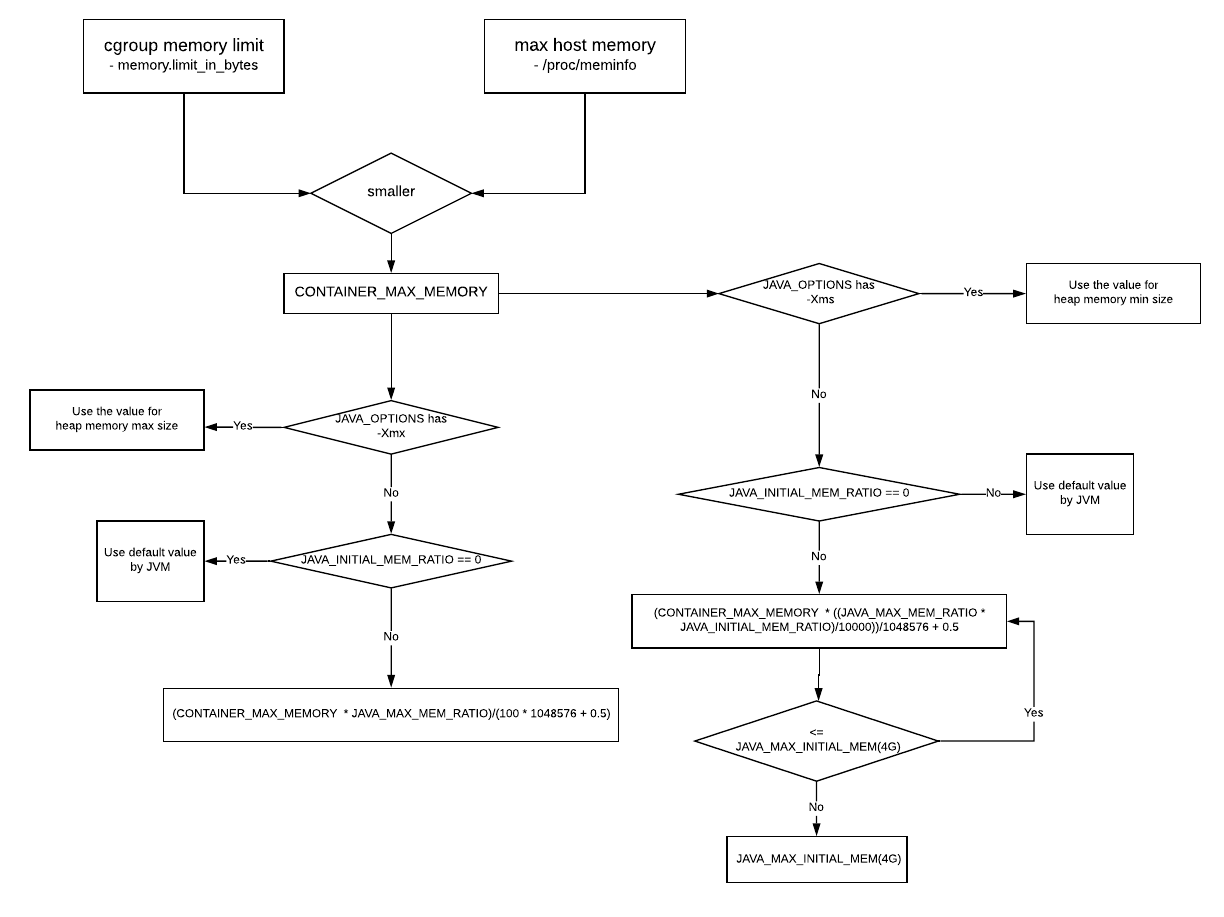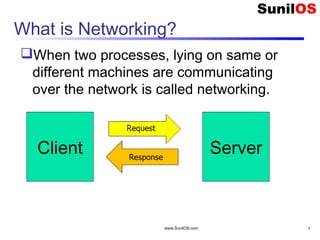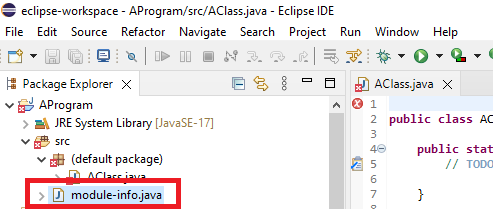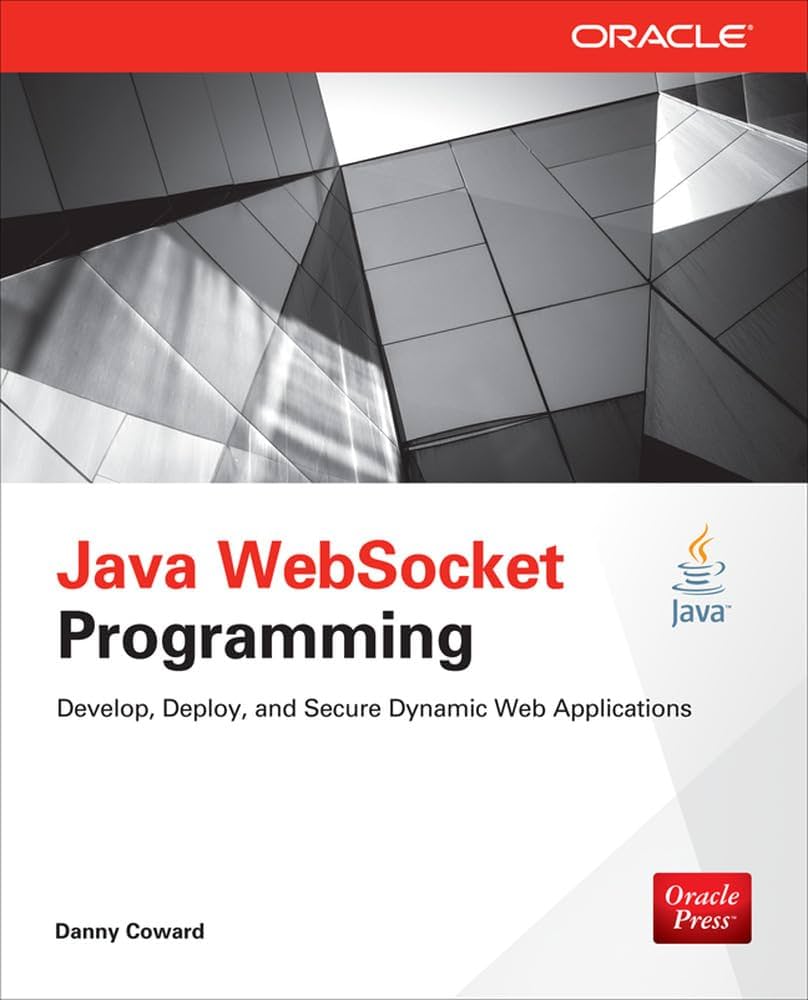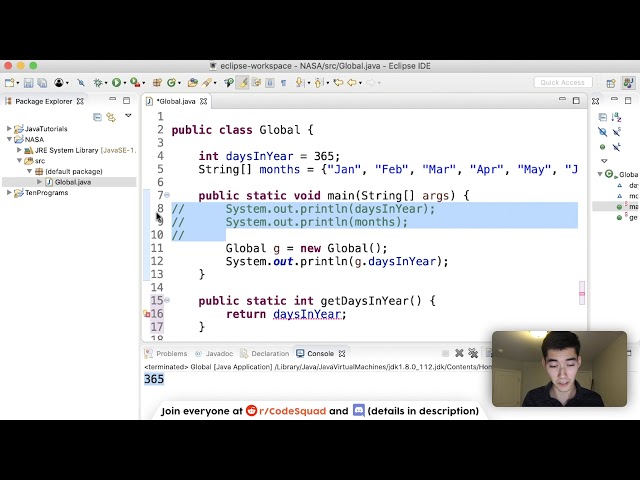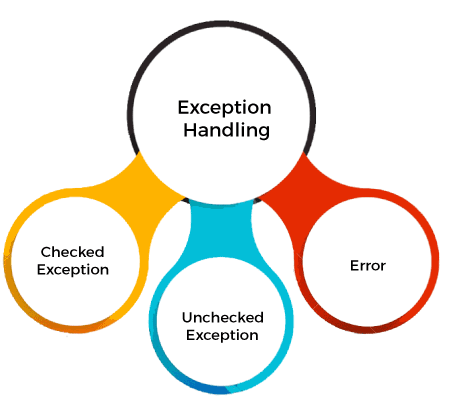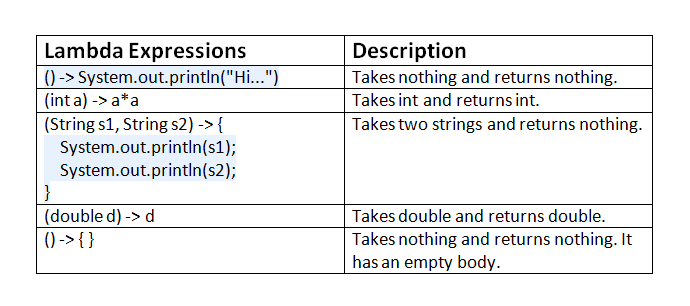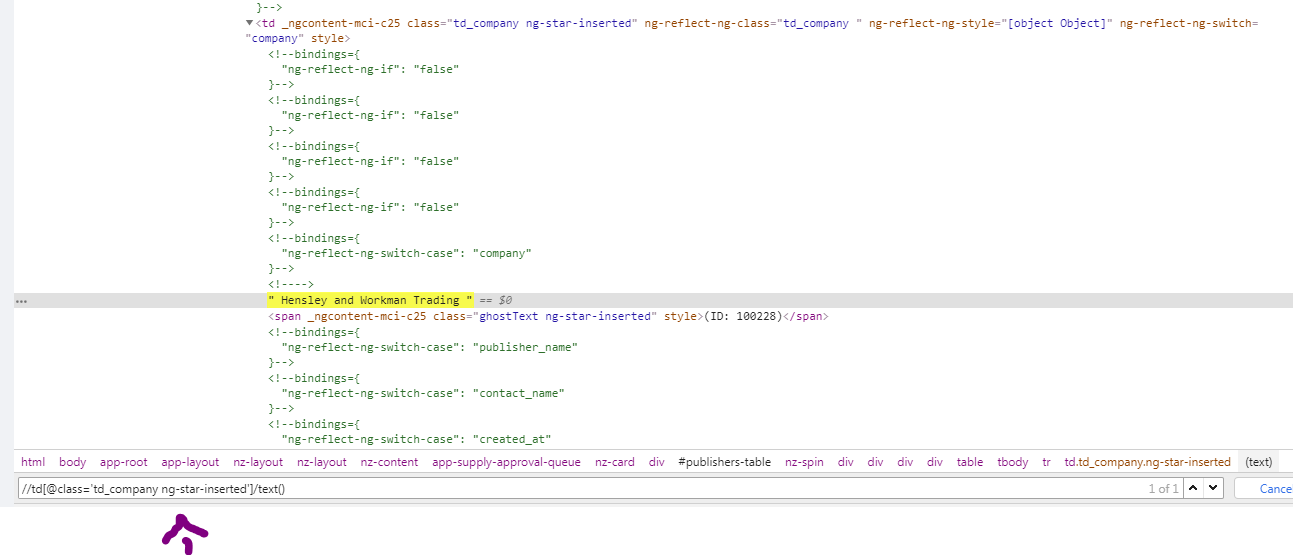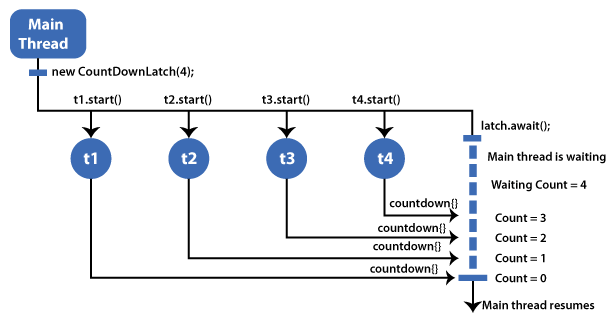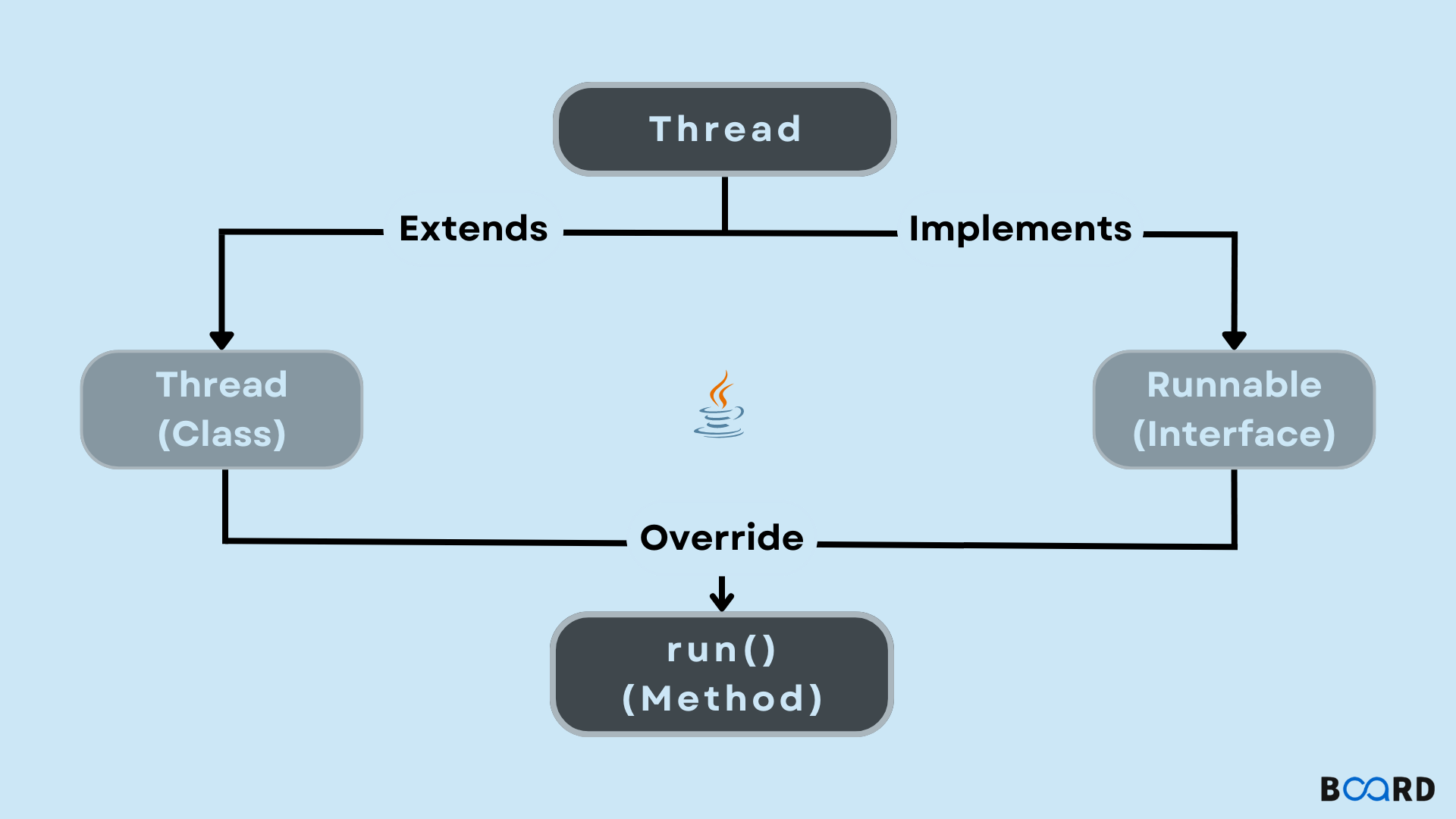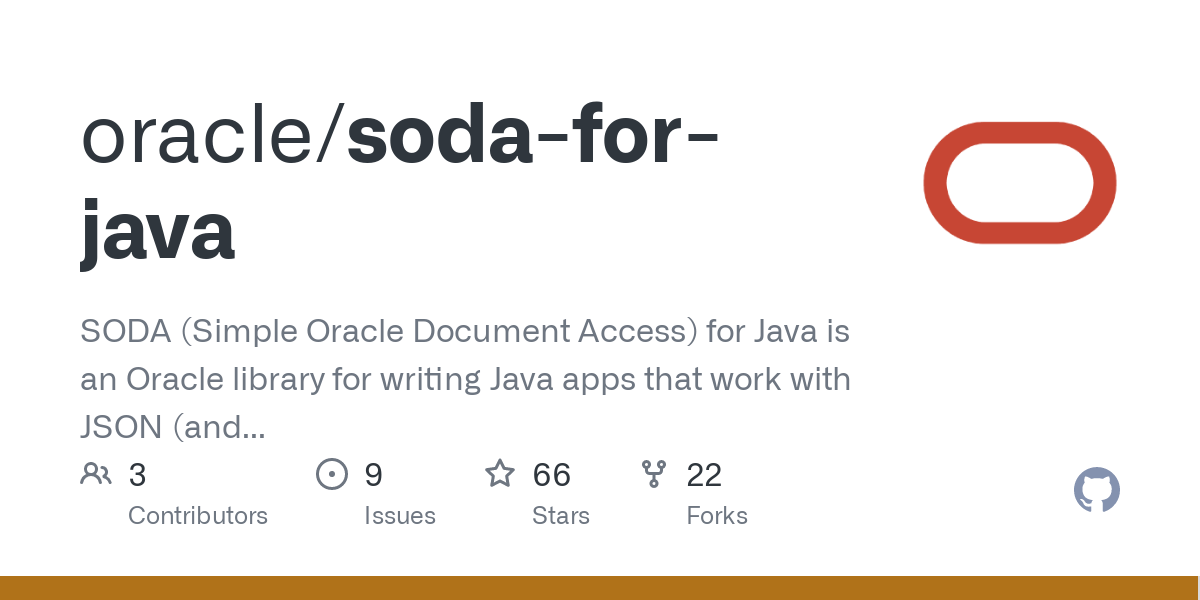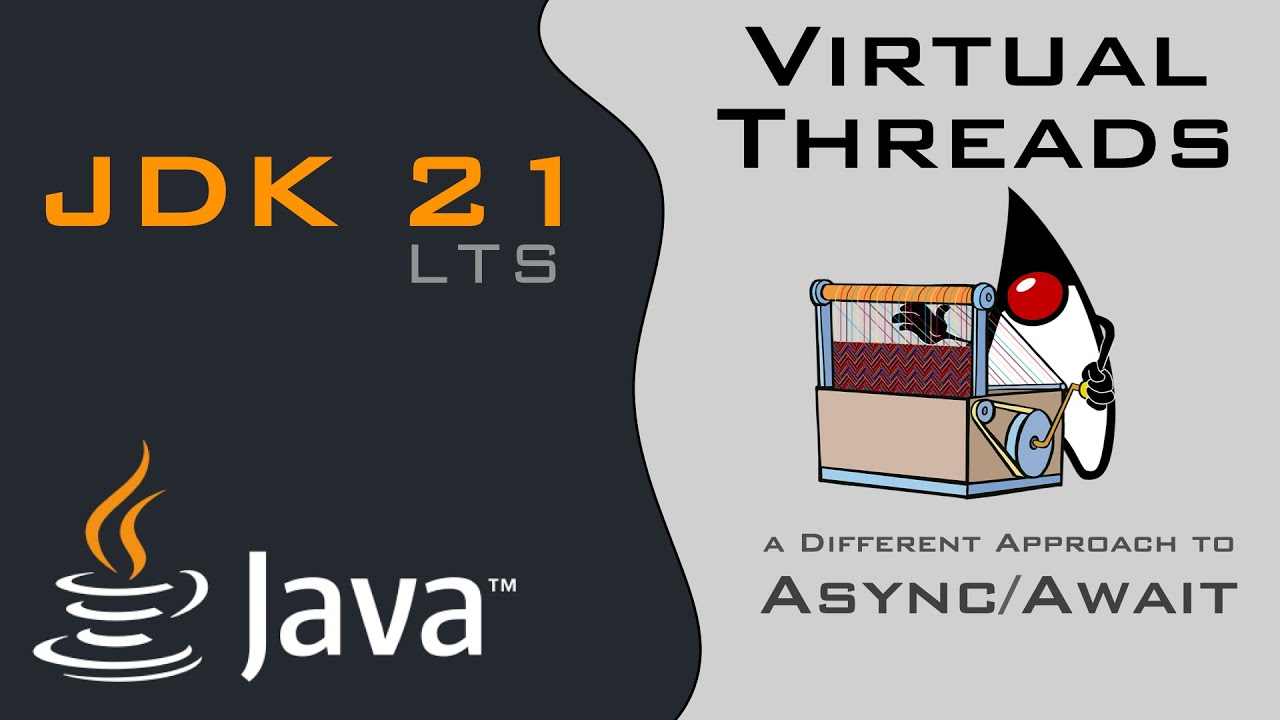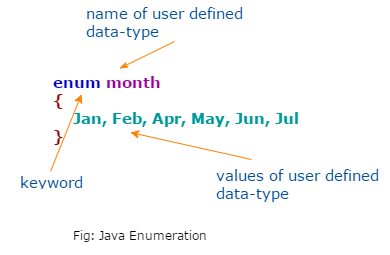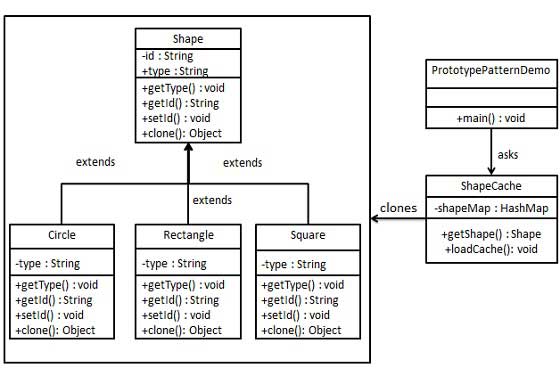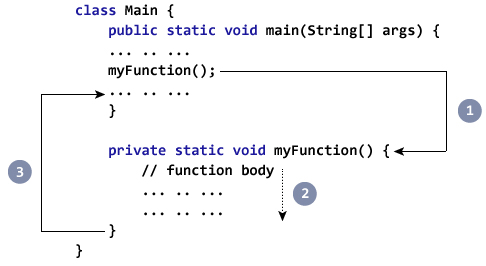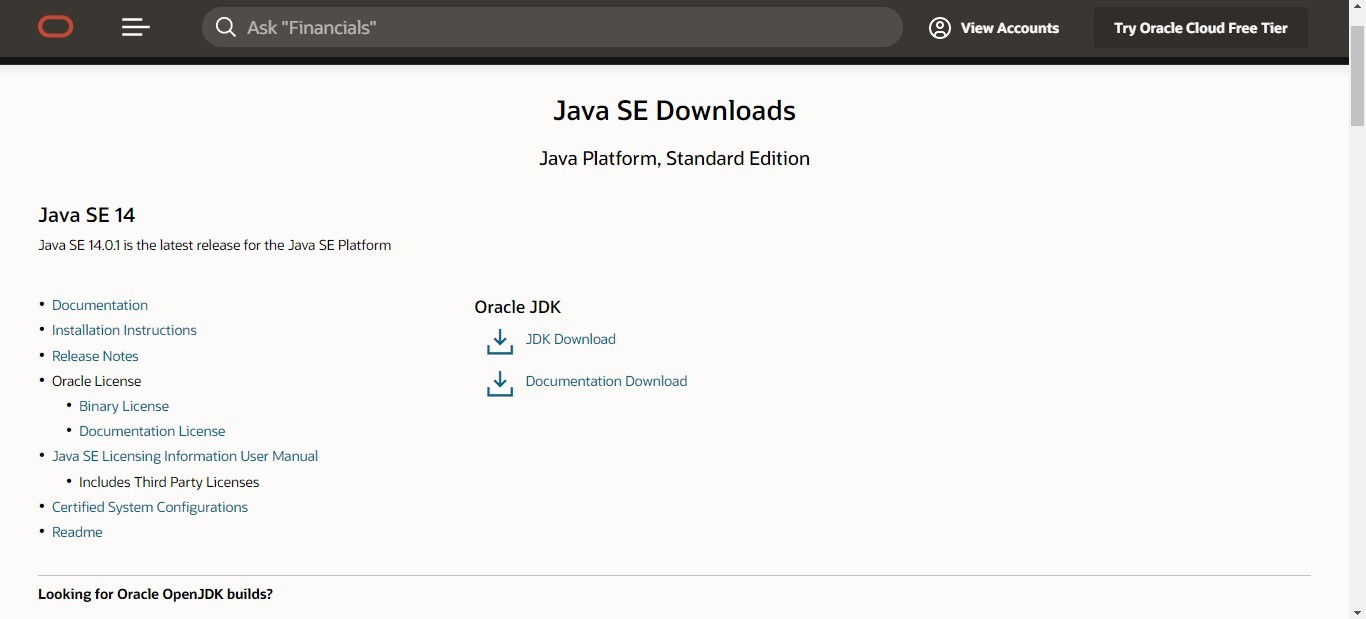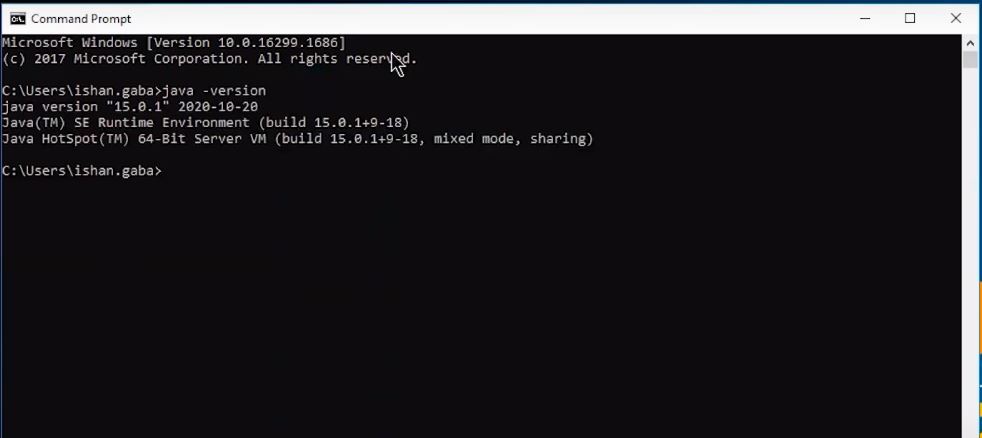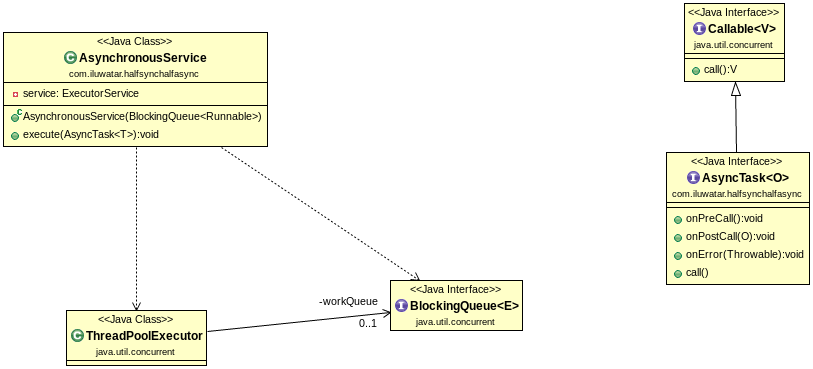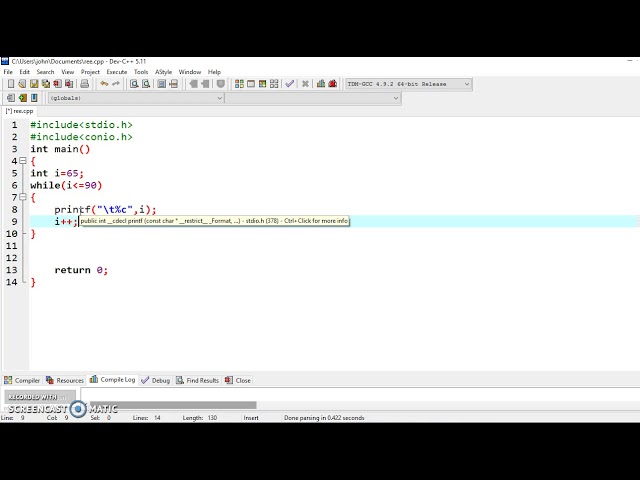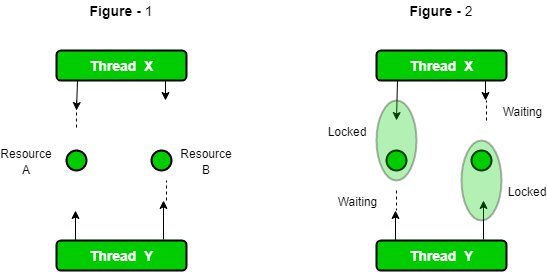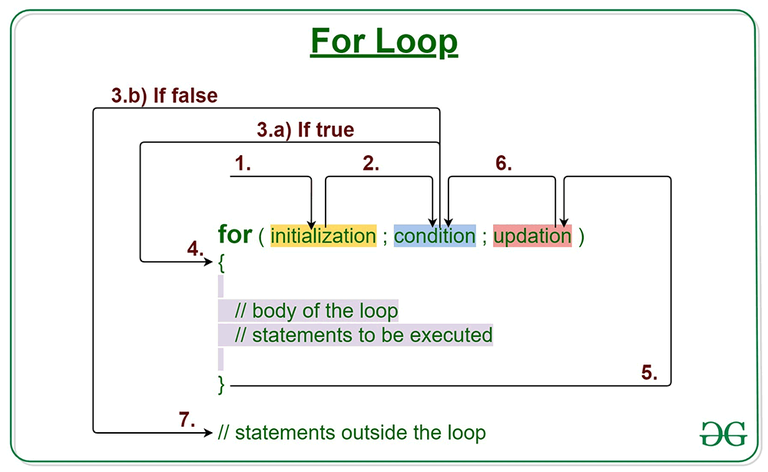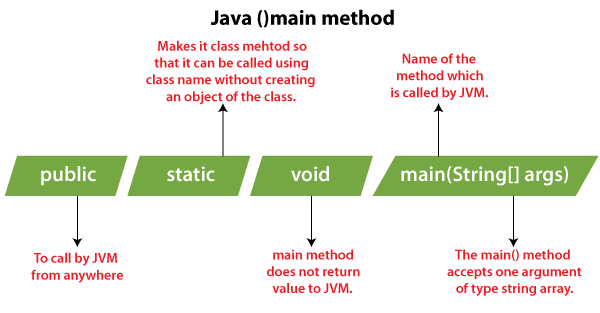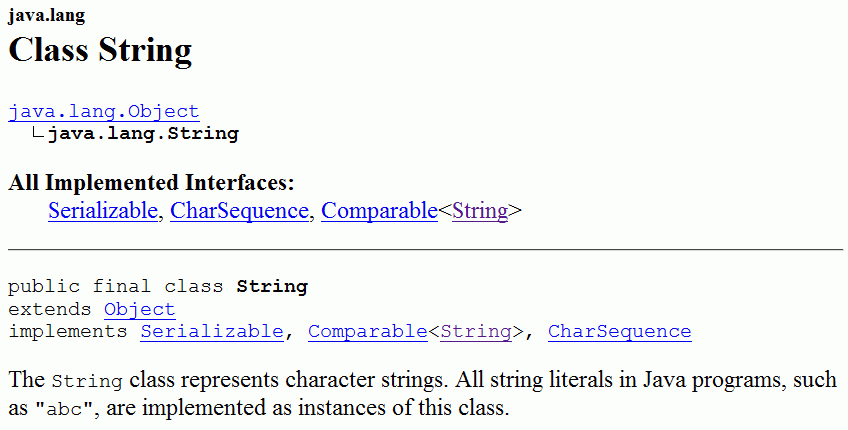What is async in java interview questions
What is async in java interview questions
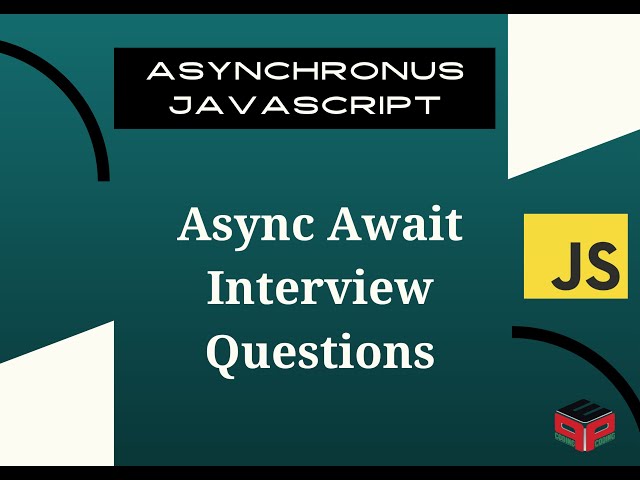
I'd be happy to help you with that!
In Java, "async" refers to asynchronous programming, which allows your program to perform multiple tasks simultaneously without blocking the main thread. In traditional synchronous programming, when you call a method or make an API request, the program waits for the response before continuing with the next task.
Async programming in Java is typically achieved using libraries and frameworks such as:
Java 8's CompletableFuture: This class provides a way to write asynchronous code that can handle both successful and failed completion of tasks. RxJava (Reactive Extensions for Java): A library that allows you to create reactive sequences and observables, which are used to process asynchronous events. Vert.x: A lightweight, scalable framework for building event-driven servers.In a typical async scenario in Java, you'd:
Start an operation or task, such as making an HTTP request or querying a database. Use a callback (e.g., anonComplete handler) to specify what should happen when the operation completes. Continue executing your code without blocking on the result of the operation.
Some common interview questions related to async programming in Java include:
How do you handle exceptions in asynchronous code?You should use try-catch blocks and exception handlers, just as you would in synchronous code. However, since async code can be more complex, it's essential to consider how exceptions will propagate through the call stack.
What are some common pitfalls when writing asynchronous code in Java?Some potential issues include:
Incorrect use of callbacks or listeners Failing to handle exceptions properly Inadequate debugging techniques for async code Ignoring concurrency and thread-safety concerns How do you optimize the performance of your asynchronous code?To achieve optimal performance, consider:
Minimizing the number of callbacks or listeners used Implementing caching mechanisms to reduce database queries or API calls Using Java 8's parallel streams for data processing Profiling and optimizing specific hotspots in your code Can you explain the differences betweenCallable and Future in Java?
In brief: A Callable is a task that returns a value when completed, while a Future represents the result of such a task. When you call a Callable, it's like starting an async operation; when you get a Future, you can check its status (e.g., complete or pending) and retrieve the result if it has completed.
You should use mechanisms such as Cancelables or CompletableFutures to control the cancellation process. It's crucial to ensure that your code handles both successful completion and cancellation scenarios correctly.
These are just a few examples of the types of questions you might encounter when discussing async programming in Java. Remember to be prepared to talk about best practices, common pitfalls, and optimization strategies for writing effective asynchronous code!
Asynchronous call in Java Spring Boot
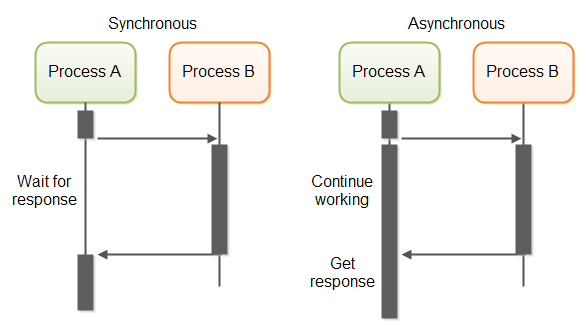
I'm happy to help!
Asynchronous calls in Java Spring Boot can be achieved using various techniques, such as:
ForkJoinPool: This is a part of thejava.util.concurrent package and allows you to execute tasks concurrently.
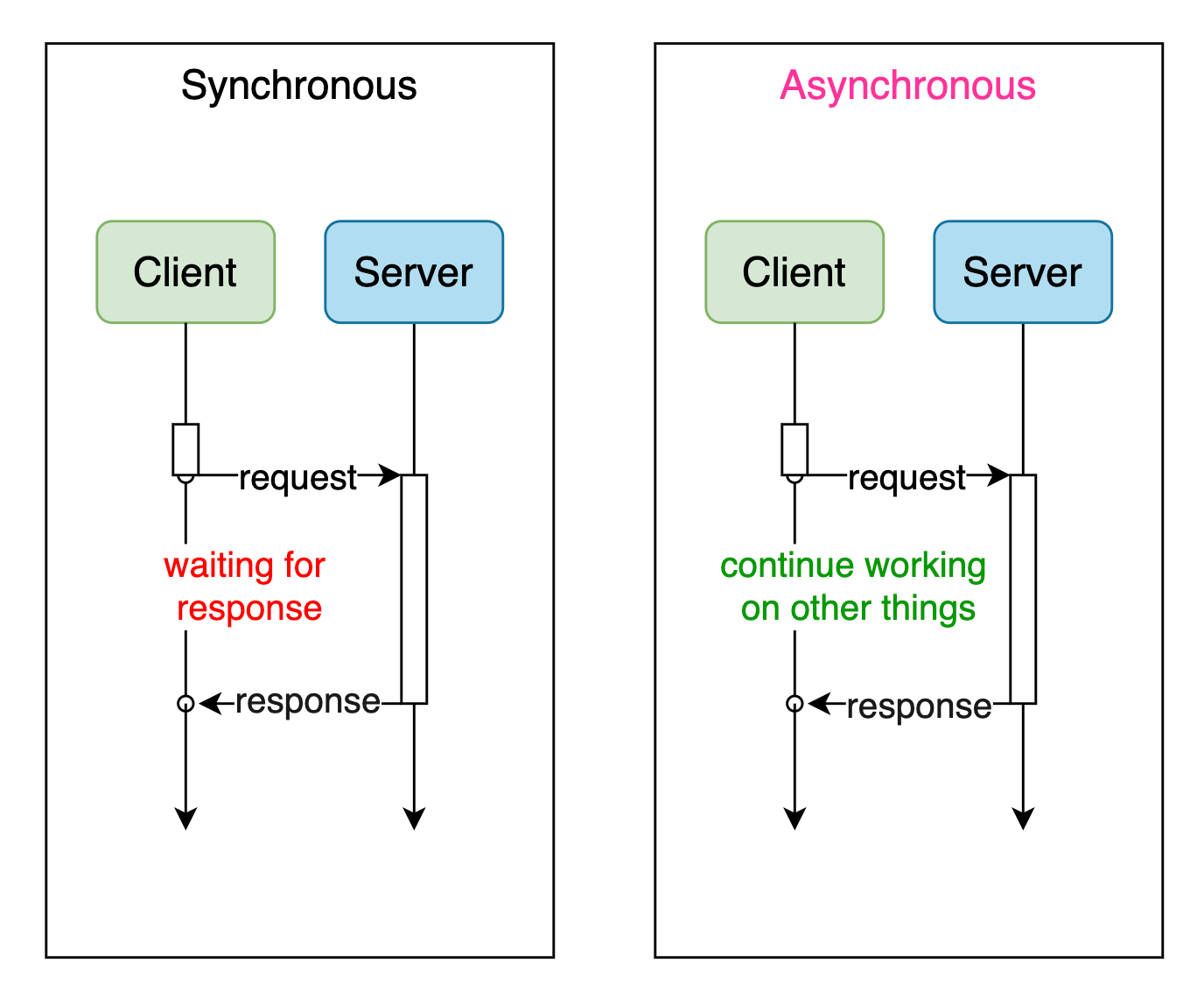
public class MyService {
public String asynchronousCall() {
ForkJoinPool pool = new ForkJoinPool();
MyCallable task = new MyCallable();
Future future = pool.submit(task);
try {
return future.get(); // blocks until the computation completes
} catch (InterruptedException | ExecutionException e) {
throw new RuntimeException(e);
}
}
}
class MyCallable implements Callable {
@Override
public String call() {
// Your long-running task goes here
return "Hello from MyCallable!";
}
}
spring.scheduling.task package and allows you to mark a method as asynchronous.
@Service
public class MyService {
@Async
public void asynchronousCall() {
// Your long-running task goes here
System.out.println("Hello from asynchronousCall!");
}
}
Callable or Runnable interfaces to define a task that runs asynchronously.
public class MyService {
public String asynchronousCall() {
Executor executor = Executors.newSingleThreadExecutor();
Callable callable = new MyCallable();
Future future = executor.submit(callable);
try {
return future.get(); // blocks until the computation completes
} catch (InterruptedException | ExecutionException e) {
throw new RuntimeException(e);
}
}
}
class MyCallable implements Callable {
@Override
public String call() {
// Your long-running task goes here
return "Hello from MyCallable!";
}
}
java.util.concurrent package and allows you to handle asynchronous computations.
public class MyService {
public String asynchronousCall() {
CompletableFuture future = CompletableFuture.supplyAsync(() -> {
// Your long-running task goes here
return "Hello from CompletableFuture!";
});
try {
return future.get(); // blocks until the computation completes
} catch (InterruptedException | ExecutionException e) {
throw new RuntimeException(e);
}
}
}
When dealing with Spring Boot, you can use the @Async annotation on a method to enable asynchronous execution. This is especially useful when handling requests that require long-running computations.
For example:
@RestController
public class MyController {
@Autowired
private AsyncService asyncService;
@PostMapping("/async")
public String handleRequest() {
asyncService.asynchronousCall();
return "Hello from MyController!";
}
}
@Service
public class AsyncService {
@Async
public void asynchronousCall() {
// Your long-running task goes here
System.out.println("Hello from asynchronousCall!");
}
}
In this example, the handleRequest method in the controller class calls the asynchronousCall method in the AsyncService class asynchronously using the @Async annotation. This allows the request to be handled immediately without blocking for the long-running computation.
Remember to always handle potential exceptions and errors properly when dealing with asynchronous computations!
